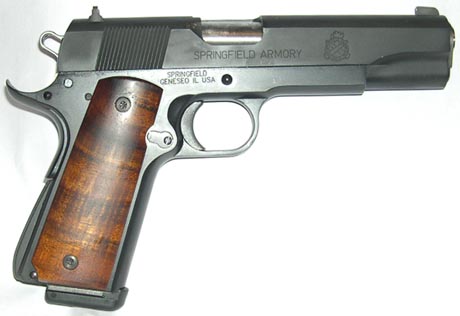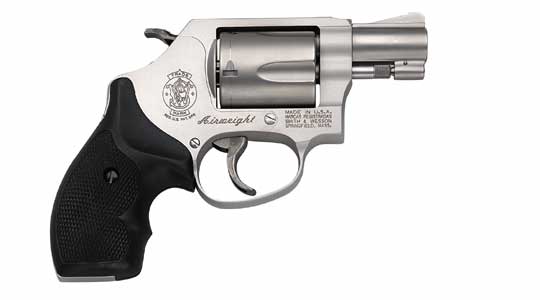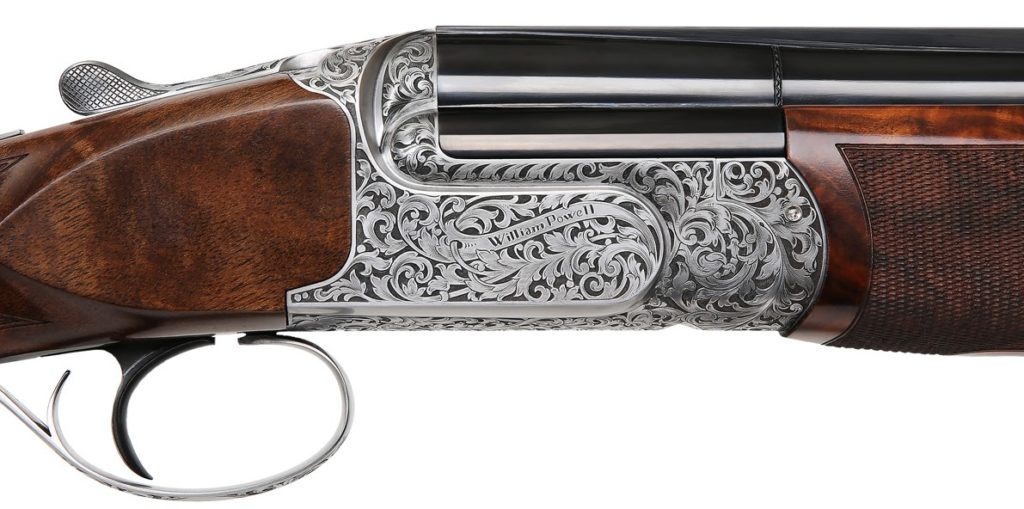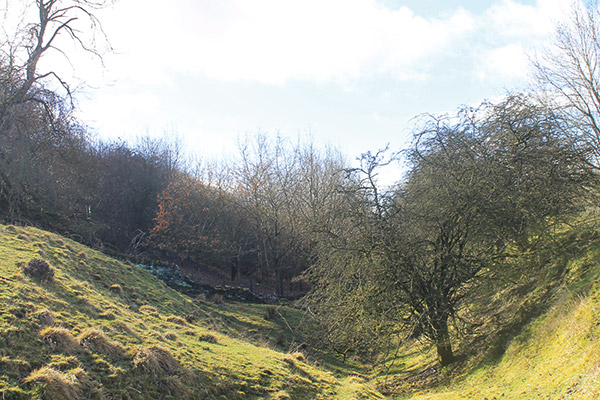A comment to yesterday’s teaser about my trip to San Antonio, I got this:
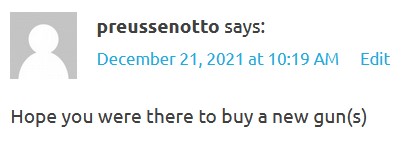
That wasn’t the purpose of the trip, but on the way down, I saw signs for not one but TWO gun shows — one in Waco, the other further south in Temple — and I didn’t go to either.
The reason is quite simple, and it has nothing to do with time — I always allow plenty of it for my road trips, just so I can stop to smell the roses, so to speak, along the way.
I’ve talked before about my disillusionment with gun shows, and to a large extent this is why I didn’t turn off the beaten path to either the Waco or Temple shows. I was in no mood to be pissed off by only seeing a surfeit of overpriced guns I wouldn’t accept as a gift (e.g. AR-15, Glock), and I had no pressing need for still-overpriced ammo either.
Besides, I know what I’m getting for Christmas, and it’s a doozy. More on that, later.

